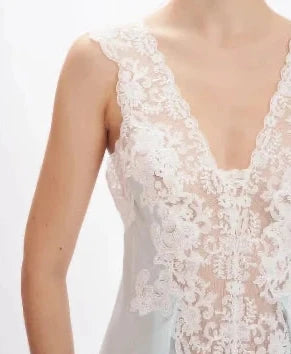


JACQUARD "CORNUCOPIA" NOCE
Cornucopia, literally "horn of abundance" (from the Latin cornu "horn" and copy "abundance"), has for centuries been a symbol of good luck
Add an elegant touch to your table setting with our pure linen Jacquard collection.
The Jacquard technique takes its name from its inventor Mr Jacquard Joseph-Marie who in 1801 patented a loom for the processing of fabric threads.
- 100% pure linen
- Machine washable
- Made in Italy
Care
Machine wash cold water on gentle cycle. Do not use bleach.
Do not use fabric softener. Wash dark colors separately. Do not wring. Line dry or tumble dry on low heat. Remove while still damp. Steam iron on “linen" setting.
Choose options



JACQUARD "CORNUCOPIA" NOCE
Sale price€29,00











